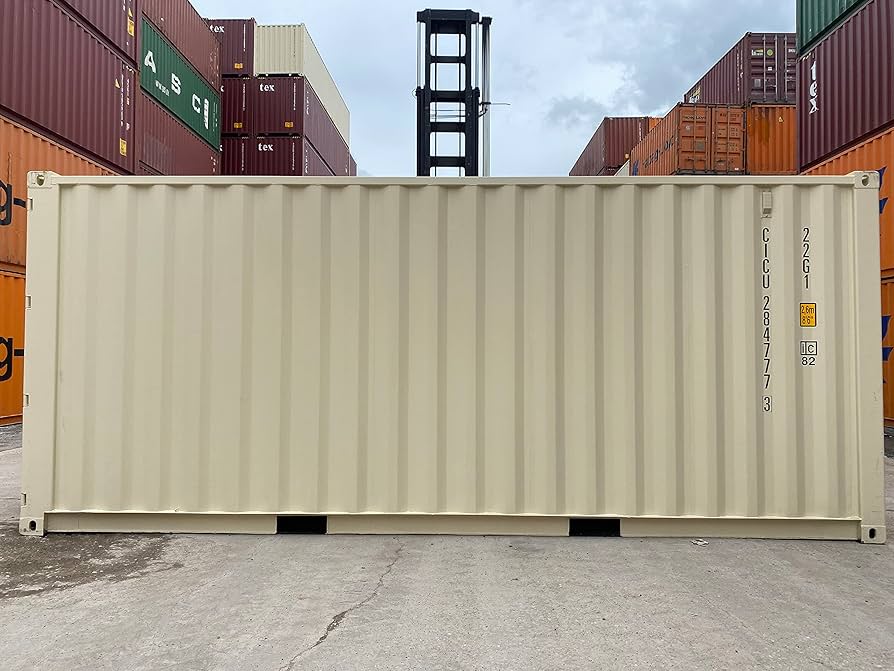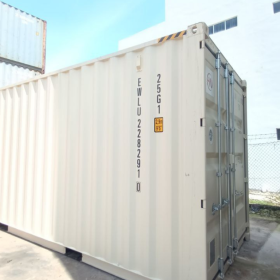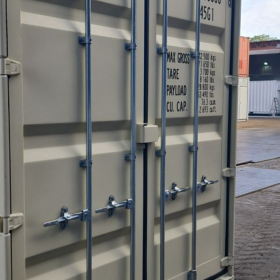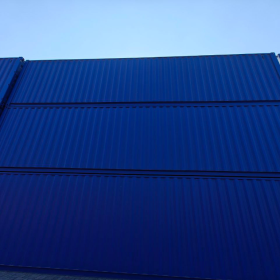https://www.guardianbooth.com/blog/how-to-properly-maintain-your-new-booth/
Ensuring Durability: How to Make Your Guardhouse Last Longer
Guardhouses serve as the first line of defense for many properties, acting as shelters for security personnel and as control points for access. Given their crucial role, it’s essential that these structures are not only functional but also durable. Ensuring the longevity of your guardhouse requires thoughtful planning, the right materials, and regular maintenance. Here’s a guide on how to make your guardhouse last longer.
1. Choose the Right Materials
The foundation of any durable structure starts with the materials used in its construction. Guardhouses are often exposed to harsh weather conditions, including heavy rains, strong winds, and extreme temperatures. Therefore, selecting materials that can withstand these elements is crucial.
- Steel: Steel is one of the most durable materials available for construction. It is resistant to rust when properly treated and can endure extreme weather conditions. Galvanized steel, in particular, is a great choice for guardhouses as it is coated with zinc to prevent corrosion.
- Aluminum: Another popular choice is aluminum, known for its corrosion resistance and lightweight properties. Aluminum guardhouses can last for many years with minimal maintenance, making them a cost-effective option.
- Insulated Panels: For guardhouses in regions with extreme temperature fluctuations, insulated panels provide additional protection. These panels help maintain a stable internal temperature, reducing wear and tear on the structure due to thermal expansion and contraction.
2. Implement Proper Drainage Systems
Water damage is one of the most common causes of structural deterioration. To ensure your guardhouse lasts longer, it’s essential to implement a proper drainage system.
- Roof Drainage: The roof should have a slight slope to allow rainwater to flow off easily. Installing gutters and downspouts can further direct water away from the structure, preventing pooling and potential leaks.
- Foundation Drainage: Ensure the foundation of your guardhouse is well-drained. Water pooling around the base can seep into the foundation, leading to cracks and eventual structural damage. Consider installing French drains or gravel-filled trenches around the perimeter to direct water away from the guardhouse.
3. Regular Maintenance and Inspections
Even the most well-constructed guardhouse will require regular maintenance to ensure its longevity. Regular inspections can help identify potential issues before they become major problems.
- Roof Inspections: Regularly inspect the roof for signs of damage, such as missing or cracked tiles, rust spots, or leaks. Address any issues immediately to prevent water damage.
- Wall and Foundation Checks: Look for cracks or signs of shifting in the walls and foundation. Cracks can be a sign of underlying structural issues that need to be addressed.
- Door and Window Seals: Check the seals around doors and windows. Damaged seals can allow water and pests to enter the guardhouse, leading to damage and potential health hazards.
- Electrical and Plumbing Systems: Regularly check the electrical and plumbing systems for signs of wear. Faulty wiring or leaky pipes can lead to serious damage if not addressed promptly.
4. Protect Against Pests
Pests can cause significant damage to a guardhouse, particularly if it is located in a rural or wooded area. To protect against pests:
- Seal Entry Points: Ensure all gaps, cracks, and holes in the structure are sealed. This prevents rodents, insects, and other pests from entering the guardhouse.
- Regular Cleaning: Keep the guardhouse clean and free of debris. Food scraps, trash, and clutter can attract pests, leading to infestations.
- Use Pest-Resistant Materials: Consider using materials that are resistant to pests, such as treated wood or metal. These materials are less likely to be damaged by insects or rodents.
5. Enhance Security Features
A durable guardhouse is not just about the physical structure; it’s also about the security features that protect it. Enhancing security can deter vandalism and unauthorized access, both of which can compromise the integrity of the guardhouse.
- Reinforced Doors and Windows: Use reinforced materials for doors and windows to prevent break-ins. Security screens can also be added to windows for an extra layer of protection.
- Surveillance Systems: Installing cameras and other surveillance equipment can deter vandalism and theft. Ensure that these systems are regularly maintained and updated to keep them functioning effectively.
- Lighting: Adequate lighting around the guardhouse can deter unauthorized access and reduce the risk of vandalism. Solar-powered lights are a great option for remote locations.
6. Consider Climate Control
Extreme temperatures can take a toll on both the structure and the personnel inside the guardhouse. Installing climate control systems, such as heating, ventilation, and air conditioning (HVAC), can help maintain a stable internal environment. This not only extends the life of the guardhouse but also ensures the comfort and well-being of the security personnel.
Conclusion
Ensuring the durability of your guardhouse requires a combination of high-quality materials, proper maintenance, and strategic enhancements. By investing in the right materials, implementing effective drainage systems, conducting regular inspections, protecting against pests, enhancing security features, and considering climate control, you can significantly extend the life of your guardhouse. A durable guardhouse not only provides long-term protection for your property but also offers a safe and comfortable environment for your security personnel.






